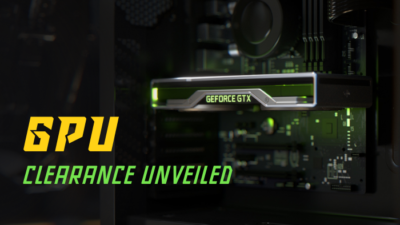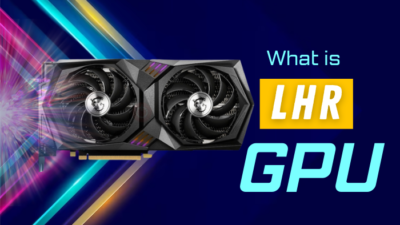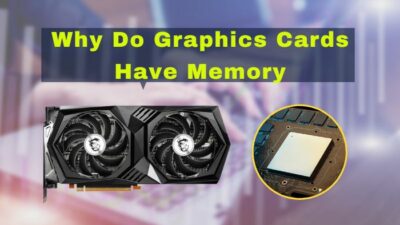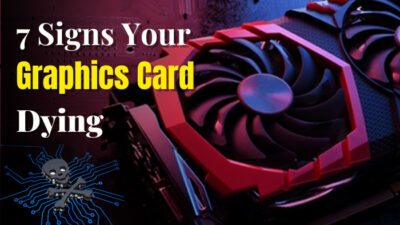GPU is the vital and core component on a PC, but when your graphics card fails, it creates a live hell scenario in your day-to-day task.
Are you stressing over finding a way to diagnose and fix your graphics card failing problem?
You don’t need to worry about that. I’ve been in a similar situation as you. After some research and test, I can figure out the best possible solutions to solve the problem.
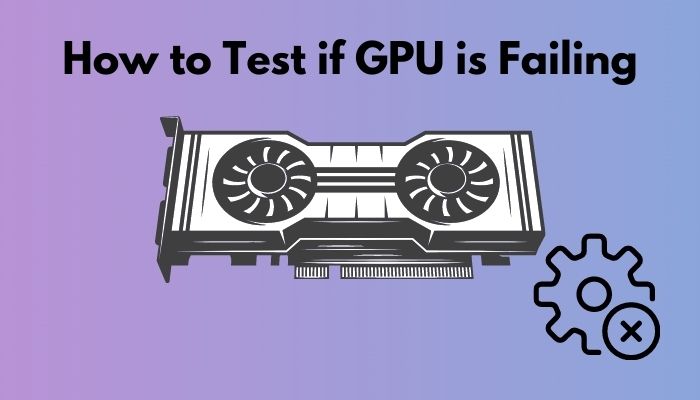
Sounds good, right?
In this complete guide, I will show you the steps that can help you ease your pain. You will learn some of the best proven and tested solutions to your graphics card failing issues.
Don’t skip any part as I will explain the solving process step by step.
So, let’s get started to know more about the solutions.
Why Does the GPU is Failing?
Many possible reasons can create or lead to the GPU failing issue on your computer, and these causes are the main reason for making the GPU failing issue.
Here are all the possible reasons for GPU failing issue:
Manufacturing Fault
Manufacturing fault is one of the main reasons get the GPU failing issue. If you buy or get a brand new GPU or build a new system with a new GPU, but your GPU is failing, then it can be possible your GPU has a manufacturing fault.
To solve the GPU failing issue, you can effortlessly repair or replace your GPU under the manufacturing company warranty policy.
Do check our latest post on the Can Motherboard Bottleneck GPU.
Incompatibility Issue
Another issue is the GPU and your current system component compatibility issue.
When you get a new GPU and set it with your old system, it has a chance the GPU does not fit with your current system because your system configuration is too old that does not support your new GPU.
Connectivity Issue
Faulty connectivity is another culprit to getting the GPU failing issue on your system because if your GPU is not placed correctly into your motherboard, GPU is not working.
Also, if your GPU has a cable connectivity issue, it can create the GPU failing issue. So, you need to set up your GPU connectivity accurately and appropriately.
Also, check out our separate post on Motherboard not detecting GPU.
Overheating Issue
Generally, the overheating issue is created when your GPU cooling fan is not working or broken. When a GPU overheats, it damages the GPU components and makes your GPU not working or the failing problem.
Physical Damage
Physical damage is another reason to get the GPU failing issue on your computer.
If your GPU gets any physical damage, then it has a chance your GPU components are damaged. When any parts are damaged, your GPU is not working correctly, creating the GPU failing issue.
How to Test if GPU is Failing?
There are many ways you can test if your GPU is failing on your computer. By following some methods, you can ensure whether your GPU is failing or not.
In the previous section, I describe the possible reasons for the GPU failing issue on your PC. You now understand why the GPU failed.
This section will show you some proven and tested methods to test your GPU if the GPU is failing in your computer.
So, let’s dive right in to know the method to test your failing GPU.
Also, Check out how you can remove the thermal paste from the motherboard PCB.
Here are the steps to test if GPU is failing on your computer:
1. Check Cables and Connections
On your computer, proper connections are essential. You can’t run your GPU precisely and get the GPU failure issue until you have a correct wires connection between your GPU and Motherboard.
As a result, the first step is to check that your GPU connections are correctly attached. To do this, follow the steps below:
Here are the steps to check your GPU cables and connections:
- Shut down and open your computer.
- Check any signs of stress, strain, or physical damage in GPU sockets and wires.
- Remove the GPU itself from the motherboard.
- Remove the GPU cables from the motherboard if necessary.
- Check GPU cables and connection
- Check GPU itself to find out any physical damage.
- If you find any wires, sockets, or GPU itself is damaged or broken, then it is the reason for the GPU failing issue.
2. Check Motherboard Sensor
The motherboard has some effective built-in sensors that can help to detect corrupted components when any of the system components are corrupted.
For example, you might hear a beep sound when your PC tries to reboot. But it cannot do so because one or more components on your system are corrupted.
When the sensor identifies a faulty component on your system, the computer is turned off to prevent additional harm.
So, if you face this type of issue on your computer, you can check your GPU by removing the GPU from your motherboard. After removing the GPU, try to run your PC. If your PC is turned on, the problem is your GPU.
Follow our guide to fix CPU fan not detected in BIOS.
3. Check Device Manager
You can check the Device Manager to test your GPU failing issue.
In the Device Manager program, you can see the exact reason for your GPU failing issue on your computer.
Here are the steps to check Device Manager to test the GPU failing issue:
- Press Windows Key + X on your keyboard and select Device Manager from the list. Or,
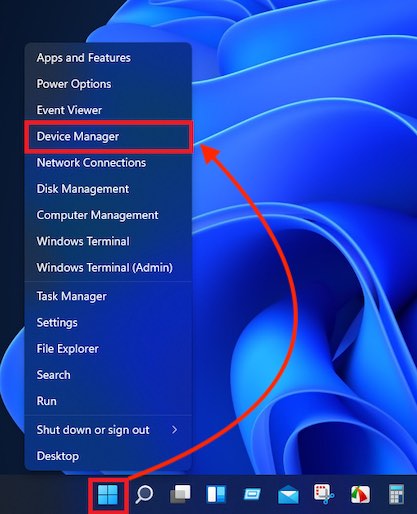
- Type Device Manager on the Windows search bar and press Enter button to open the Device Manager.
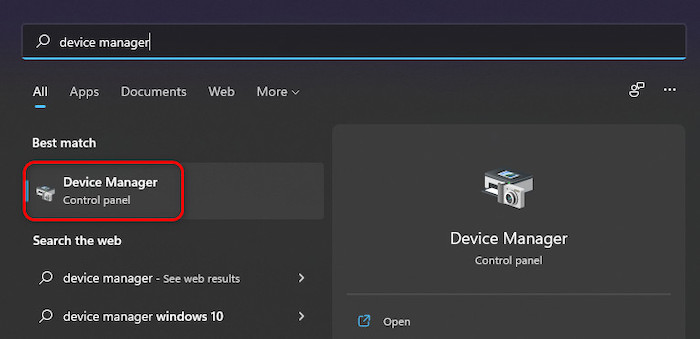
- Select the Display Adapters option and click on it to expand to see the available drives list on your computer.
- Select your GPU Driver, right-click on it, select the Properties, or hit the Enter button to open the driver Properties
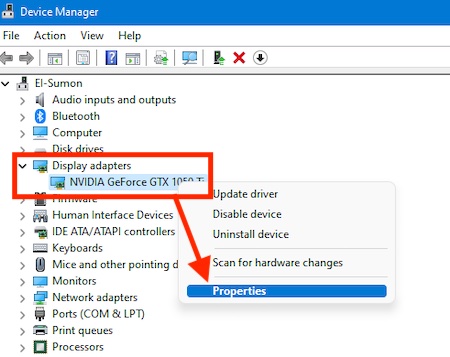
- Under the Device Status section in the General tab, you can see the error code for your GPU failing issue. If you see an error code 12 or 43, your GPU has problems.
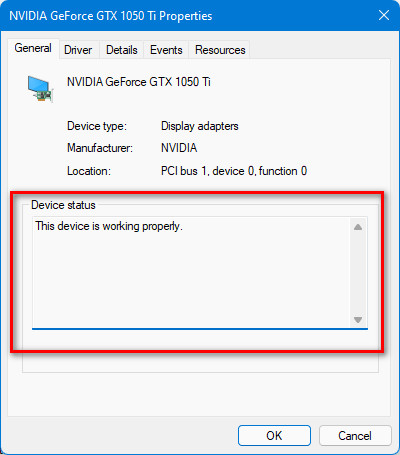
But, before that, do check our latest post on the CPU Cooler VS Case Fans.
How to Fix GPU is Failing
Failing GPU on your PC is a pretty common issue for PC users. By applying some effective techniques, you can quickly solve your problem.
There are some practical ways you can fix GPU failing issue on your PC. To do this, follow the steps below:
Here are the steps to fix your GPU is failing:
1. Update your Display Drivers
If your GPU drivers are missing or obsolete, you may face a GPU failing issue on your computer.
So, to solve the problem, you need to update your display drivers.
Here are the steps to update the drivers:
- Press Windows Key + X on your keyboard and select Device Manager from the list. Or,

- Type Device Manager on the Windows search bar and press Enter button to open the Device Manager.

- Select the Display Adapters option and click on it to expand to see the available drives list on your computer.
- Select your GPU Driver, right-click on it, select the Properties, or hit the Enter button to open the driver Properties

- Click on the Update Driver button to start the update process under the Driver
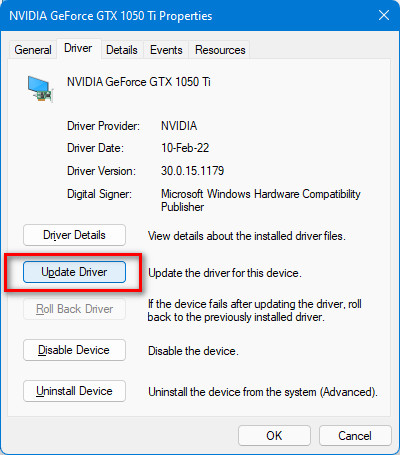
- Select Search automatically for the driver’s
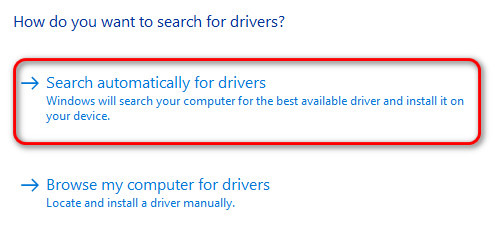
- Wait for some time to find the adequate drivers and install them on your computer. This option works if drivers are available.
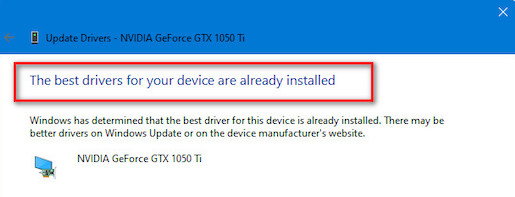
- Click on the search for updated drivers on Windows Update if the automatic search option can not find any update.
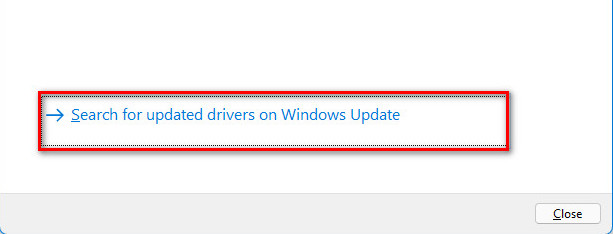
- Select Advanced options on the Windows Update Settings page.
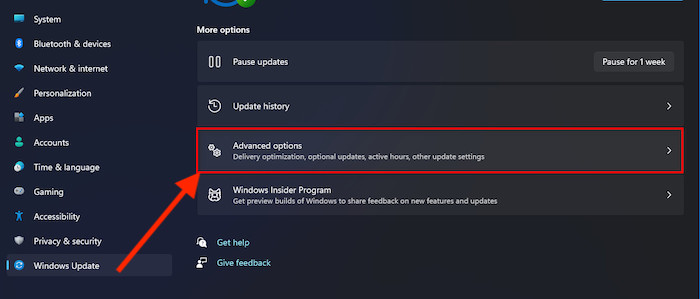
- Click on the Optional updates to open the optional updates under the Additional options.
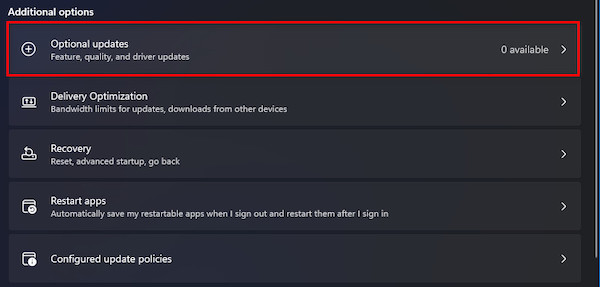
- If optional updates are available, you can see the list here. If not, you can see a message: There are no optional updates available at this time.

- Check all the available lists of drivers that are needed to update.
- Click on the Download & Install button to update the drivers.
- Wait until the system download and install the drivers on your computer completely.
- Check to see whether your problem is solved or not. If not, follow the next
2. Reinstall your Display Drivers
If updating the display drivers method does not solve your GPU failing issue, you can reinstall your display drivers to solve your problem.
To do this, first, you need to uninstall your display drivers and then reinstall them again.
Here are the steps to update the drivers:
- Press Windows Key + X on your keyboard and select Device Manager from the list. Or,

- Type Device Manager on the Windows search bar and press Enter button to open the Device Manager.

- Select the Display Adapters option and click on it to expand to see the available drives list on your computer.
- Select your GPU Driver, right-click on it, select the Properties, or hit the Enter button to open the driver Properties

- Click on the Uninstall Device button to start the uninstallation process under the Driver
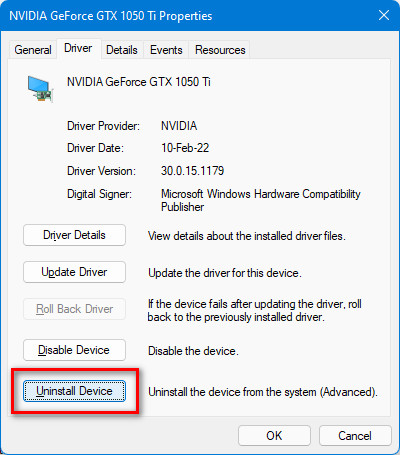
- Wait until the process is finished.
- Restart your computer to reinstall the display driver automatically.
Final Thoughts
Many possible reasons can create or lead to the GPU failing issue on your computer, and these causes are the main reason for making the GPU failing issue.
The GPU is failing because of faulty manufacturing, overheating issues, overclocking issues, or incompatibility issues on your computer. Also, connectivity problems, physical damage, or electrical outage are other reasons for the GPU’s failure.
Here, I demonstrate some practical methods to test the failing GPU on your system. I also describe some proven and valuable techniques to fix the GPU failing issue on your computer.
You can successfully solve your GPU failing problem quickly by applying these proven and tested methods.
If you find a solution, please let me know which strategy worked for you.
I hope this article is beneficial for you. If you’re interested in learning more about similar topics, you can also browse other posts.

